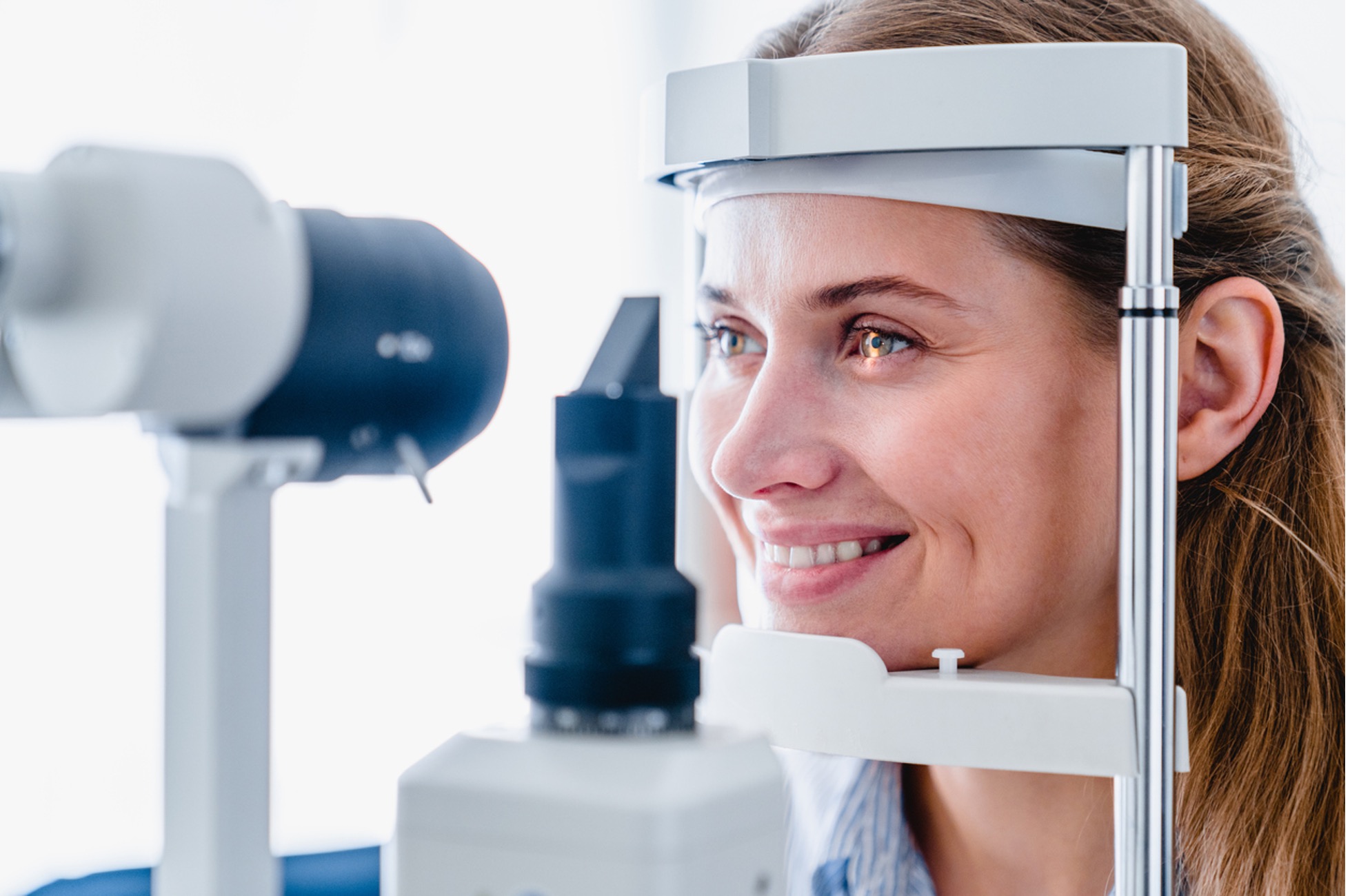Comprehending the Various Eye Issues Treated by Specialized Eye Treatment Professionals
In the world of eye treatment, specialized professionals play an important function in identifying and dealing with a vast variety of eye conditions. From common refractive mistakes that affect vision clarity to age-related problems that present challenges as we get older, the experience of these experts encompasses handling vision-threatening conditions and complex corneal problems. The intricacies of neurological eye conditions existing unique challenges that require specialized treatment. As we embark on this expedition of the different eye problems dealt with by specialized eye treatment experts, it ends up being noticeable that the detailed web of ocular health holds a myriad of remarkable insights waiting to be revealed.
Typical Refractive Errors
Refractive errors are typical visual problems created by a flaw in the eye's capability to appropriately focus light, resulting in blurred vision. Astigmatism is identified by an irregularly designed cornea, resulting in distorted or blurred vision at all ranges. Presbyopia is an age-related problem where the lens sheds its adaptability, making it difficult to concentrate on close objects.
These refractive mistakes can be dealt with through different approaches, consisting of spectacles, get in touch with lenses, or refractive surgical procedure. Eye treatment experts play an essential duty in identifying and handling refractive errors to aid individuals accomplish more clear vision and boost their quality of life.
Age-Related Eye Conditions
One of the most prevalent age-related eye conditions is age-related macular degeneration (AMD), a disease that causes central vision loss and can make tasks like reading and driving challenging. Cataracts, another typical condition among older people, trigger clouding of the eye's all-natural lens, leading to obscured vision. Regular eye tests with specialized eye treatment professionals are critical for early discovery and management of these age-related eye conditions to protect vision and preserve ocular health as people grow older.
Vision-Threatening Diseases
Vision-threatening illness incorporate a variety of major ocular conditions that have the possible to considerably influence an individual's vision and total aesthetic function. These illness position a danger of irreversible vision loss if not without delay detected and treated by specialized eye treatment professionals. Some usual vision-threatening illness consist of glaucoma, diabetic retinopathy, age-related macular degeneration (AMD), and retinal detachment.
Glaucoma is a team of eye problems that damage the optic nerve, often due to high intraocular stress, leading to peripheral vision loss and potential blindness if left untreated. Diabetic retinopathy is a problem of diabetes that influences capillary in the retina, triggering vision problems or loss of sight. imp source AMD is a modern problem influencing the macula, leading to central vision loss. Retinal detachment occurs when look at this website the retina separates from its underlying cells, causing unexpected vision loss that requires prompt clinical focus (refractive surgeries in al).
Early discovery, normal eye examinations, and timely treatment are vital in taking care of vision-threatening diseases to maintain eyesight and preserve high quality of life. Specialized eye treatment professionals play a crucial function in diagnosing, treating, and handling these problems to avoid irreversible vision loss.

Corneal Conditions
Corneal conditions encompass a spectrum of conditions that impact the transparent front component of the eye, recognized as the cornea. Treatment for corneal disorders varies depending on the details problem but may include medications, contact lenses, or in extreme instances, corneal transplants. Regular eye exams are important for early discovery and administration of corneal disorders to protect vision and eye health.
Neurological Eye Conditions
Neurological eye conditions include problems that affect the connection between the eyes and the brain, affecting aesthetic handling and overall eye function. These problems can show up in various methods, impacting vision, eye movements, and even the control between the eyes. One common neurological eye problem is optic neuritis, characterized by swelling of the optic nerve bring about vision loss, shade desaturation, and discomfort with eye motion.
One more considerable condition is nystagmus, where the eyes make repetitive, unchecked activities, impacting visual acuity and depth perception. Additionally, conditions like amblyopia, frequently referred to as "careless eye," result from unusual visual advancement in early childhood years, causing minimized vision in one eye.
Neurological eye conditions call for specific care from professionals like neuro-ophthalmologists that have expertise in both neurology and ophthalmology. Medical diagnosis commonly involves a comprehensive eye exam, imaging research studies, and collaboration with specialists to deal with the underlying neurological issues impacting the visual system. Therapy approaches can consist of medicine, vision therapy, or in serious cases, surgical interventions to take care of these intricate problems effectively.

Conclusion
In conclusion, specialized eye care professionals treat a variety of eye problems, including common refractive mistakes, age-related eye problems, vision-threatening illness, corneal disorders, and neurological eye problems - refractive surgeries in al. By recognizing these different conditions and looking for appropriate therapy from eye treatment experts, individuals can keep ideal eye health and vision. It is necessary to prioritize regular eye evaluations and follow recommended therapy strategies to protect and my sources secure one's vision for the future